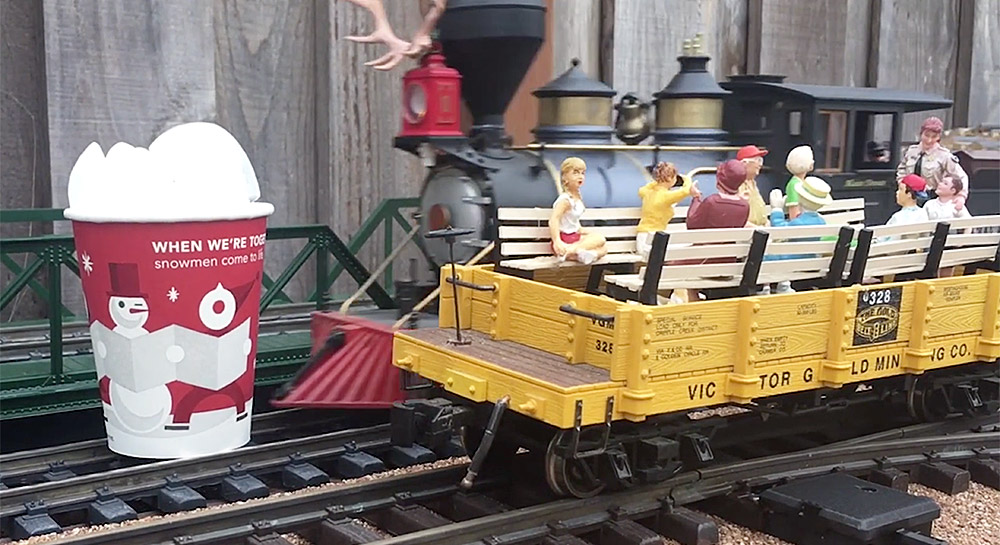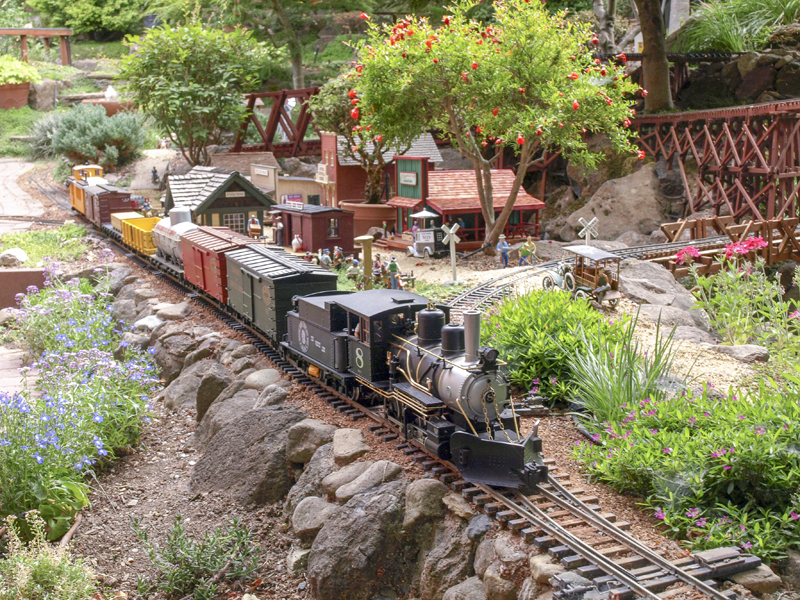Freight Car Class: Lesson 3, Weathering with Pastels | Transform pristine products into well-weathered, prototypical models using various powdered pastel techniques! In this segment of the freight car series, you’ll learn how to apply powdered pastels with brushes, makeup applicators, and artist sponges to simulate realistic rust. Discover how to use two shades of rust pastel for depth and create a rust slurry with matte varnish for a blistered paint effect. Finally, see how to use washes, like to tone down bright lettering.
Class is now in session—streaming exclusively on Trains.com Video!










How about a segment on weathering wooden deck flat cars and/or older wood sided freight cars?
So the first step is to spray your model with dullcote before applying pan pastels?
Time for lesson number three of building freight cars. Now that the freight cars have been assembled and painted and each of them has new weights and couplers now comes the part that is always fun time to rust them up.
Note: Testers Dullcote and some weathering powders and paints don’t mix. If you are using Dullcote or any solvent-based paint you must use acrylic when you weather the car or the solvent will make the paint run, it could dissolve the letters, and it could also destroy your weathering and completely dissolve it. Use acrylic pan pastels and Vallejo acrylic paint before you apply solvent onto a freight car or your weathering will be gone.
One thing I have found that works better and does not take pan pastels off so heavily is Krylons workable fixative. It’s used to protect artist chalk drawings so it seals without taking off as much as Dullcote. You can do a final spray with dullcote after all the layers are on and sealed with Krylon. Spray the final layer of dullcote using multiple coats to prevent it from “eating” the powers allowing each to dry fully in between.
Rust never sleeps.